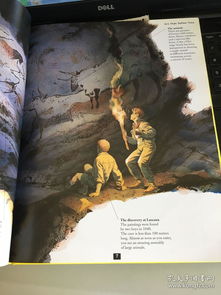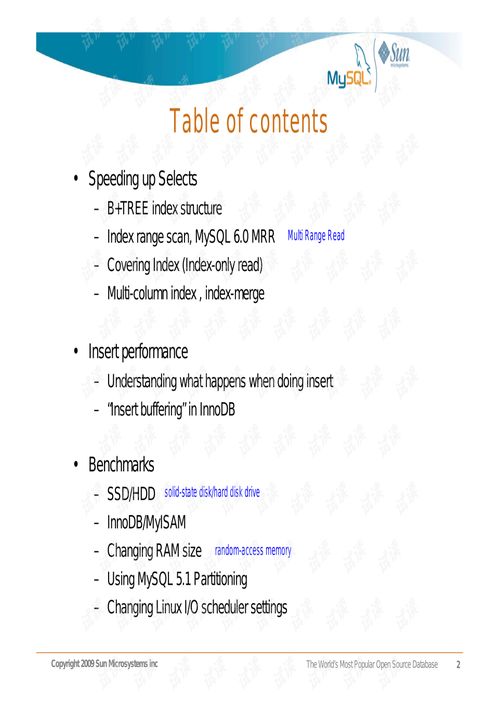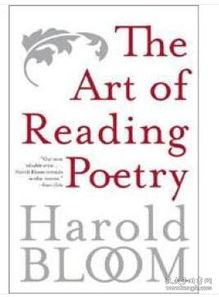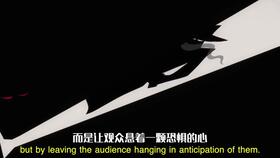Introduction: Fly fishing, an ancient and revered sport, has been captivating anglers around the world for centuries. Whether you are a beginner or an experienced angler looking to refine your skills, understanding the terminology and techniques in English is crucial. In this article, we will delve into the English phrases and techniques that will help you master the art of fly fishing.
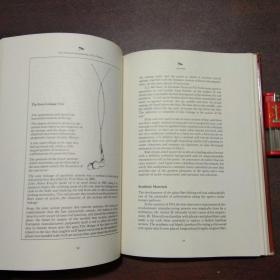
Basic Terminology: Before we dive into the techniques, it's essential to familiarize yourself with some basic fly fishing terminology in English.
- Fly rod: The rod specifically designed for fly fishing.
- Fly line: The line that carries the fly to the fish.
- Leader: The section of line that connects the fly line to the fly.
- Tippet: The smallest diameter section of the leader that terminates in the fly.
- Fly: The artificial lure that mimics insects, baitfish, or other food sources.
- Nymph: A fly that imitates an aquatic insect in its larval or pupal stage.
- Dry fly: A fly that imitates an adult insect that is on the surface of the water.
- Streamer: A fly that imitates a swimming baitfish or other aquatic creature.
Casting Techniques: Casting is a fundamental skill in fly fishing. Here are some English phrases and techniques to help you improve your casting:
- False cast: The act of lifting and casting the line back towards the angler without the fly landing in the water.
- Roll cast: A casting technique used to present the fly to fish in a natural manner.
- Overhead cast: The most common casting technique, where the line is cast overhead and then brought back to the angler.
- Spey cast: A casting technique used in larger rivers and for longer distances, where the line is manipulated to create a loop.
Fly Selection and Presentation: Choosing the right fly and presenting it effectively is key to successful fly fishing. Here are some English phrases and techniques:
- Match the hatch: The technique of selecting flies that match the insects or baitfish present in the water.
- Mending: The act of moving the fly line across the water to maintain a natural drift.
- Drift: The natural movement of the fly line and fly as it moves through the water.
- Dead drift: A technique where the fly is allowed to drift naturally without any movement from the angler.
- Wading: The act of walking in the water to reach fishing spots.
Knots and Rigging: Understanding how to tie knots and rig your fly is essential for a successful fly fishing experience. Here are some English phrases and techniques:
- Knot: A connection between two lines or between a line and a fly.
- Clinch knot: A simple and reliable knot used to attach the fly to the leader.
- Blood knot: A knot used to join two lines of different diameters.
- Surgeon's knot: A strong and secure knot used to attach the fly line to the rod.
- Rigging: The process of preparing the fly line, leader, and fly for fishing.
Reading the Water: Being able to read the water is crucial for successful fly fishing. Here are some English phrases and techniques:
- Current: The movement of water in a river or stream.
- Pool: A slower, deeper area of water where fish often hold.
- Run: A faster, shallower area of water where fish may be feeding.
- Obstructions: Rocks, logs, or other objects in the water that can affect the flow and hold fish.
Conclusion: Mastering the art of fly fishing requires practice, patience, and a good understanding of the English terminology and techniques. By familiarizing yourself with the phrases and techniques outlined in this article, you will be well on your way to becoming a proficient fly fisherman. Remember, the key to success is to observe the water, match the hatch, and present your fly with a natural drift. Happy fishing!

